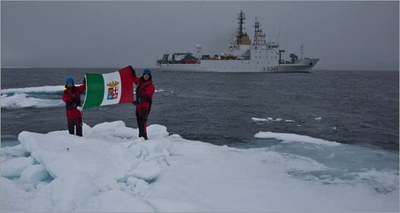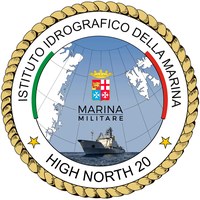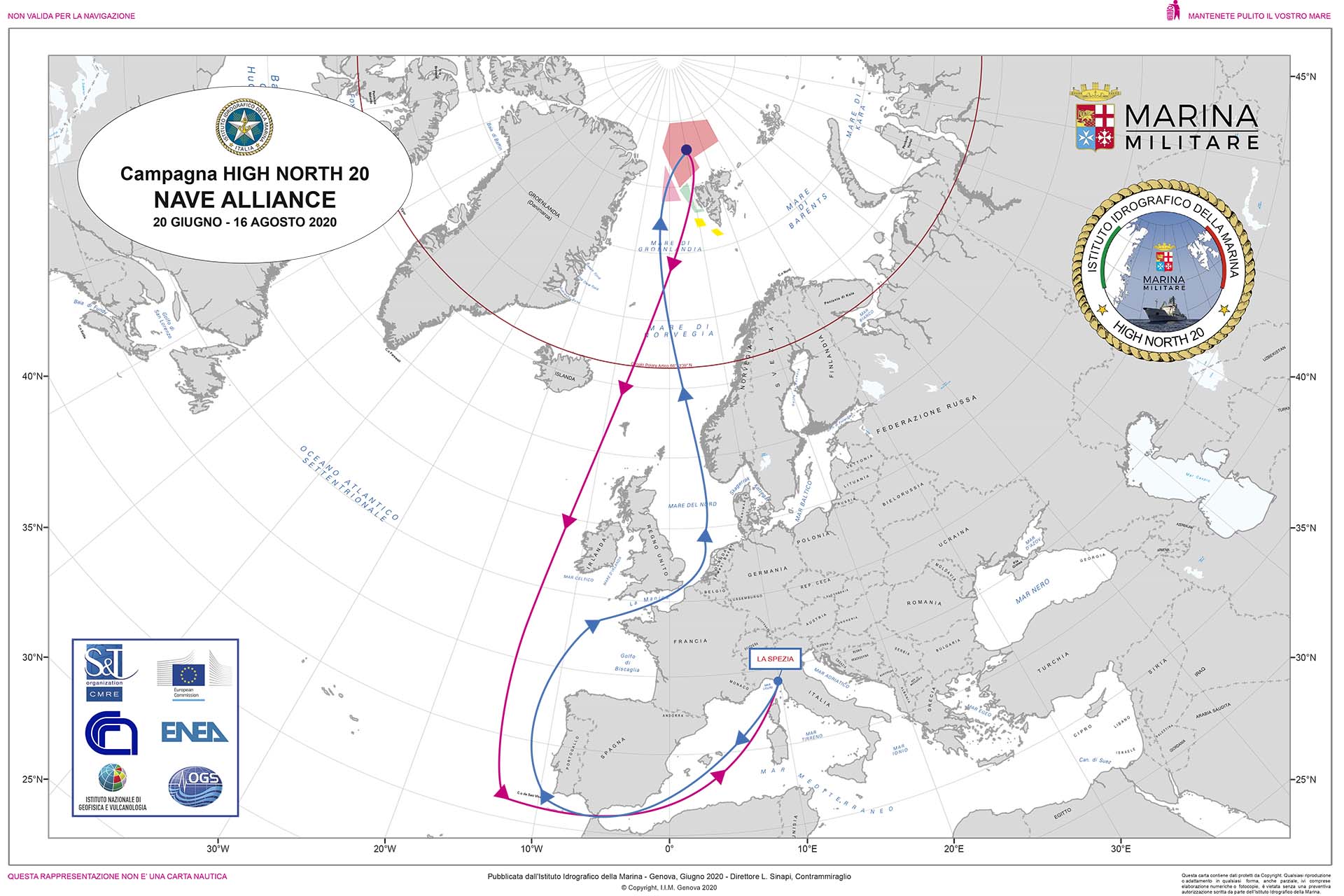Environment: HIGH NORTH 20, Italian navy and ENEA oceanographic campaign kicks off
16/7/2020
 The Covid-19 emergency did not prevent the research vessel Alliance from sailing from La Spezia to the Arctic Ocean to carry out the research campaign of the "HIGH NORTH" 20 program, organized by the Italian Navy and the Hydrographic Institute of Genoa ( IIM), in collaboration with national and international research institutions (ENEA, CNR, INGV, OGS, NATO STO-CMRE, ERI and JRC) and private industry (e-GEOS).
The Covid-19 emergency did not prevent the research vessel Alliance from sailing from La Spezia to the Arctic Ocean to carry out the research campaign of the "HIGH NORTH" 20 program, organized by the Italian Navy and the Hydrographic Institute of Genoa ( IIM), in collaboration with national and international research institutions (ENEA, CNR, INGV, OGS, NATO STO-CMRE, ERI and JRC) and private industry (e-GEOS).
The objective of the new three-year HIGH NORTH (2020-2022) campaign is to deepen the knowledge of the seas and their health, a theme which has drawn the attention of the global community for the interest shown by the United Nations at the opening of the international decade dedicated to the oceans (UN Decade of Ocean Science for Environment Sustainability).
ENEA, jointly with the other research partners, will study climate change and the environmental health of the Arctic Ocean, an area that more than any other is the barometer of environmental change at a global level (melting of the ice, raising temperature and sea level).
Specifically, ENEA will conduct research on the interaction of surface waters with seabeds for a better understanding of sedimentary dynamics occurred over the last 100 years and the analysis of carbon sequestration in sediments, to evaluate the degree of contamination by metals, organic compounds and microplastics. These activities involve the use of a spectrofluorimeter, an electro-optical instrument capable of measuring chlorophyll concentration in surface waters to assess the amount of phytoplankton, one of the key variables to understand the ability of polar sectors to absorb CO2 and therefore tackle climate change.
Arctic expeditions take place on board the Alliance, a multipurpose NATO research vessel crewed by 48 Navy personnel and a scientific team from the Navy Hydrographic Institute, the only one authorized on board this year because of the Covid-19 emergency.
ENEA in the Arctic
 The Agency has conducted research activities in the Arctic marine environment since the late 90s of the last century until 2006, wth the aim of characterizing sedimentary processes, pollutant dispersion mechanism and carbon sequestration in sediments through several European projects and Italian-Norwegian collaborations.
The Agency has conducted research activities in the Arctic marine environment since the late 90s of the last century until 2006, wth the aim of characterizing sedimentary processes, pollutant dispersion mechanism and carbon sequestration in sediments through several European projects and Italian-Norwegian collaborations.
In the three-year period 2017-2019, ENEA returned to the Arctic thanks to the operational and scientific contribution of the IIM, participating in the marine geophysics campaigns of the "HIGH NORTH" program of the Italian Navy - Hydrographic Institute (IIM). These expeditions have made it possible to develop, in collaboration with all the research bodies involved (IIM, ENEA, CNR, CMRE –NATO and OGS), an extensive research program for the characterization of seabeds and currents.
In High North17 ENEA conducted activities on 12 marine sediment cores taken at various depths, in an area comprised between the island of the Bears and the southern part of the Svalbard Islands, continuing the studies on sediment dynamics and carbon flows and re-evaluating the environmental situation after 10 years.
In High North18 the scientific mission focused on a key area of the Arctic ocean (the Fram Strait), then moving further north of the Svalbard Islands (Yermak Plateau) and exploring little-known seabeds above 80 ° N. Chlorophyll measurements on surface waters were performed, thanks to the fluorescent lidar provided by ENEA and radionuclides as tracers in water masses -which have a key role in regulating the climate of our planet- were studied in water samples taken at different latitudes.

